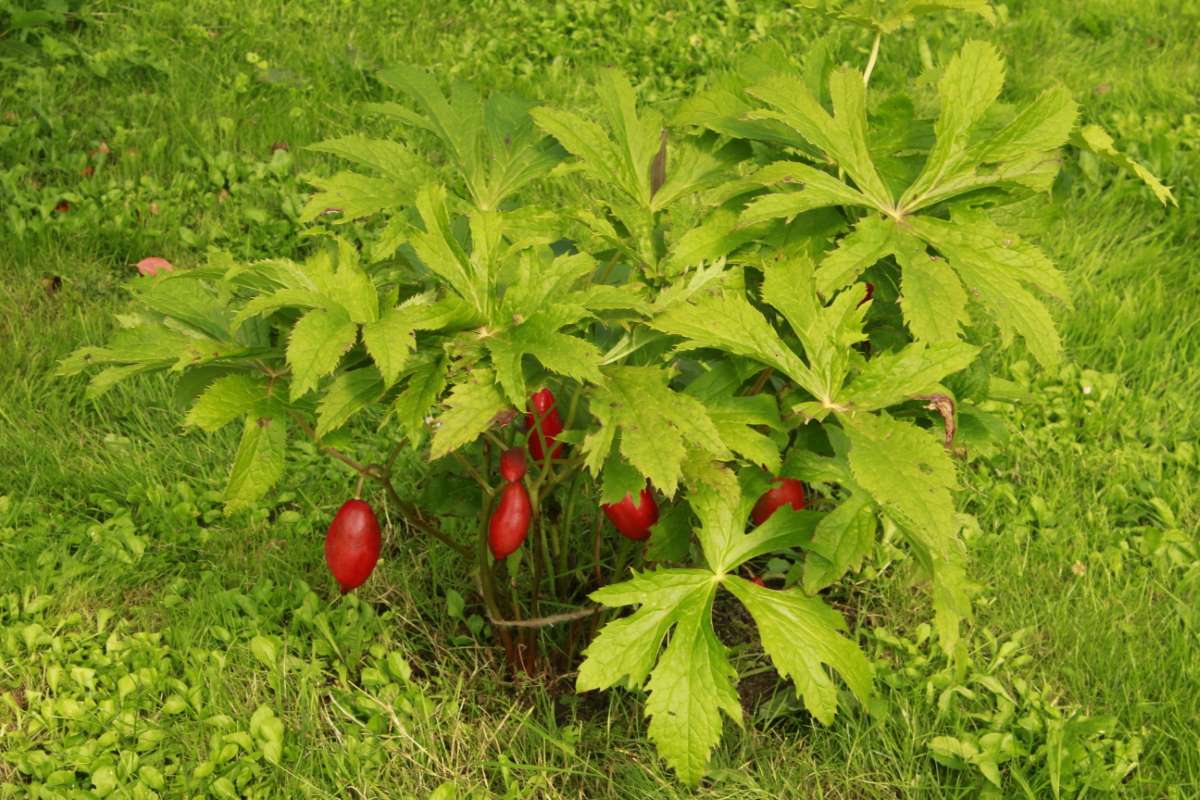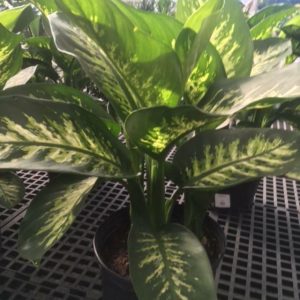Description
Podophyllum – Mayapple –
There are about 9 shade loving, rhizomatous perennial in this genus. They occur from scrub and forest in Eastern North America and from the Himalayas to China and Taiwan. They are grown for their foliage and flowers. Each plant has 1 or 2 peltate, palmately lobed, radical leaves, up to 12″ across with toothed edges and often lobed, sometimes with purplish brown patches between the conspicuous veins, the leaves are pushed up by the lengthening leaf stalks and emerge looking like tiny, folded umbrellas. Terminal, upward facing, cup shaped, pink, white or red 6 tp 9 petal, 2″ wide flowers are held solitary or in small umbels, and are followed by red or yellow fruits, 1-2″ across. Mayapples are suitable for a woodland garden or a moist, shady border. All parts of the plant are highly toxic if ingested, except for the fully ripe fruit of some species.
Grow in humus rich, leafy, moist soil in full or partial shade. Divide in spring or late summer.
Prone to slugs.
P. hexandrum – P. emodi – Himalayan Mayapple – This rhizomatous perennial found from Northern India to China grows 18″ tall and 12″ wide. It produces long stalked, 3 to 5 lobed, deeply toothed, mid green leaves, to 10″ long, with purplish brown markings, they unfurl after flowering. From late spring to mid summer it bears solitary, open cup shaped, usually 6 petalled, white or pale pink flowers, 1-2″ across, with prominent yellow anthers. Flowers are followed by plum like, ovoid fleshy red fruit, to 2″ long.
Zones 5-8





